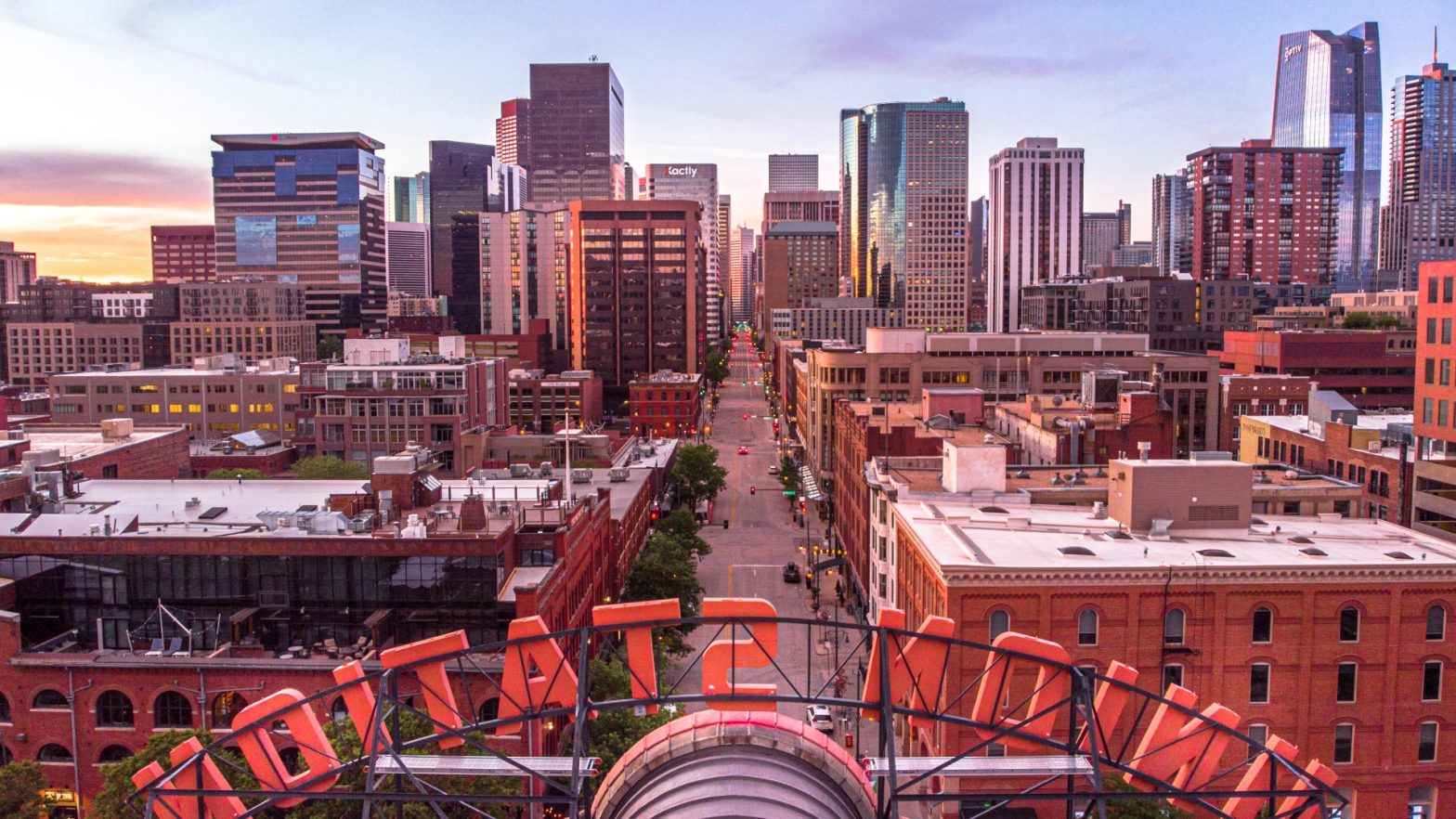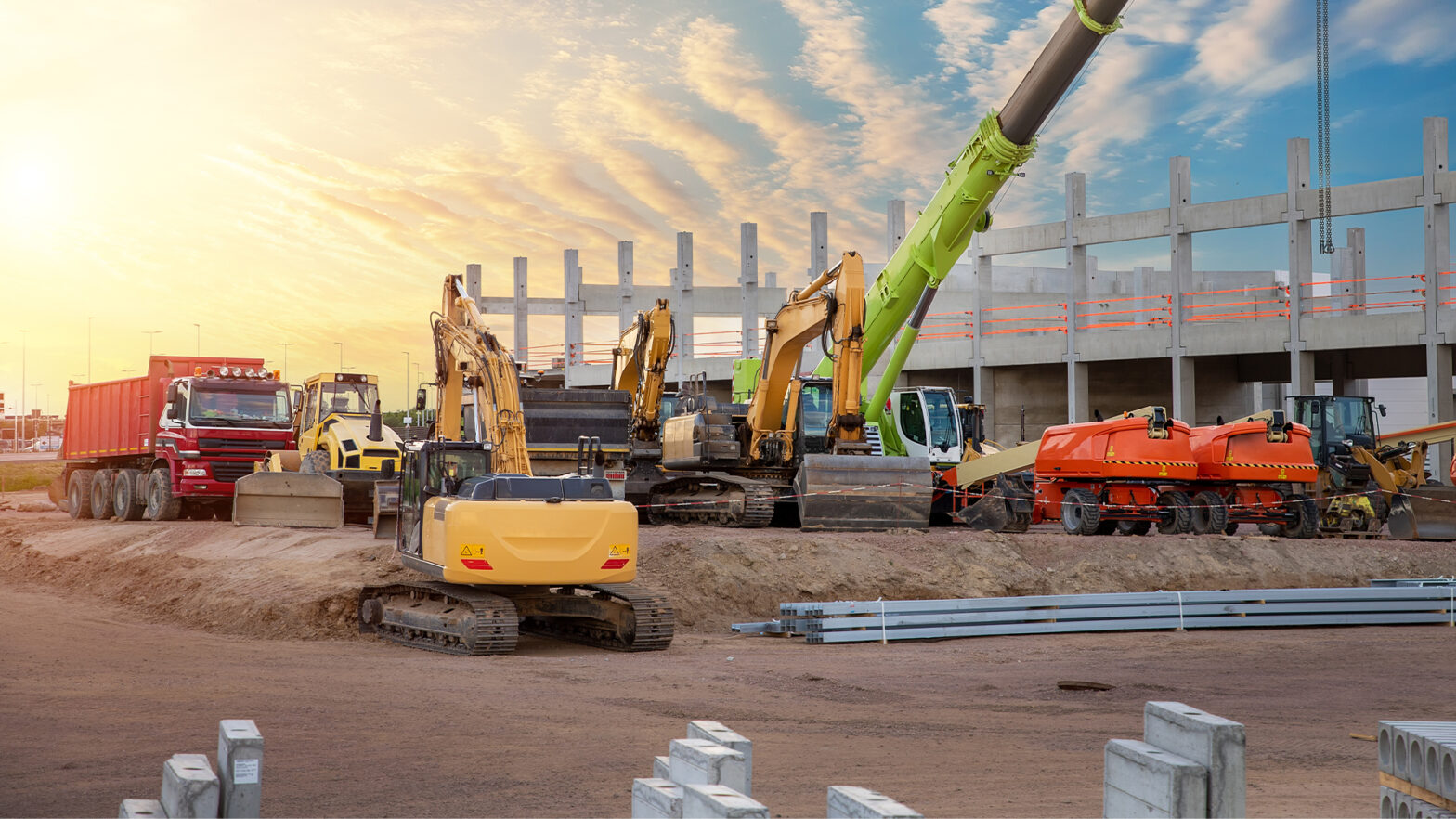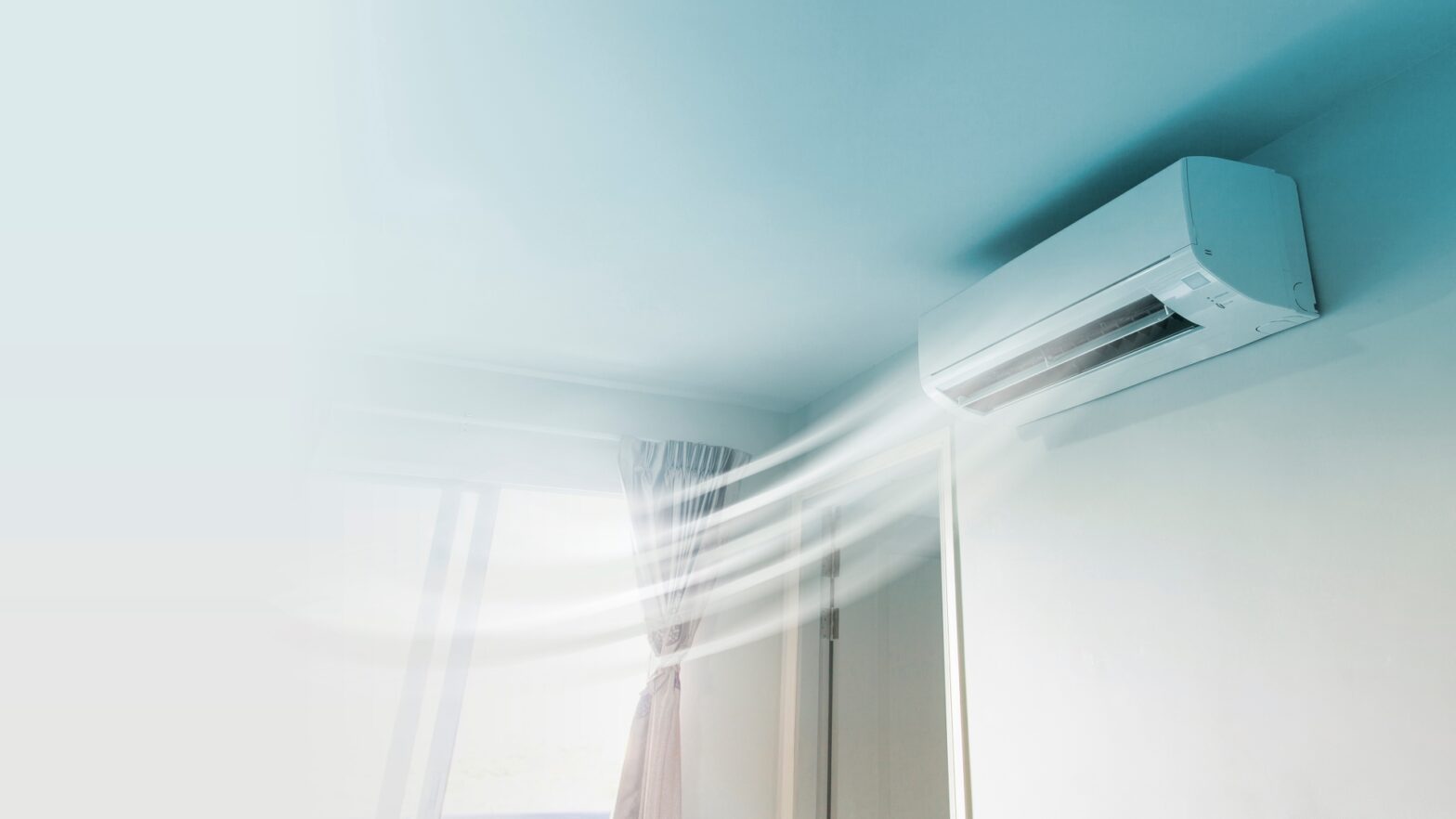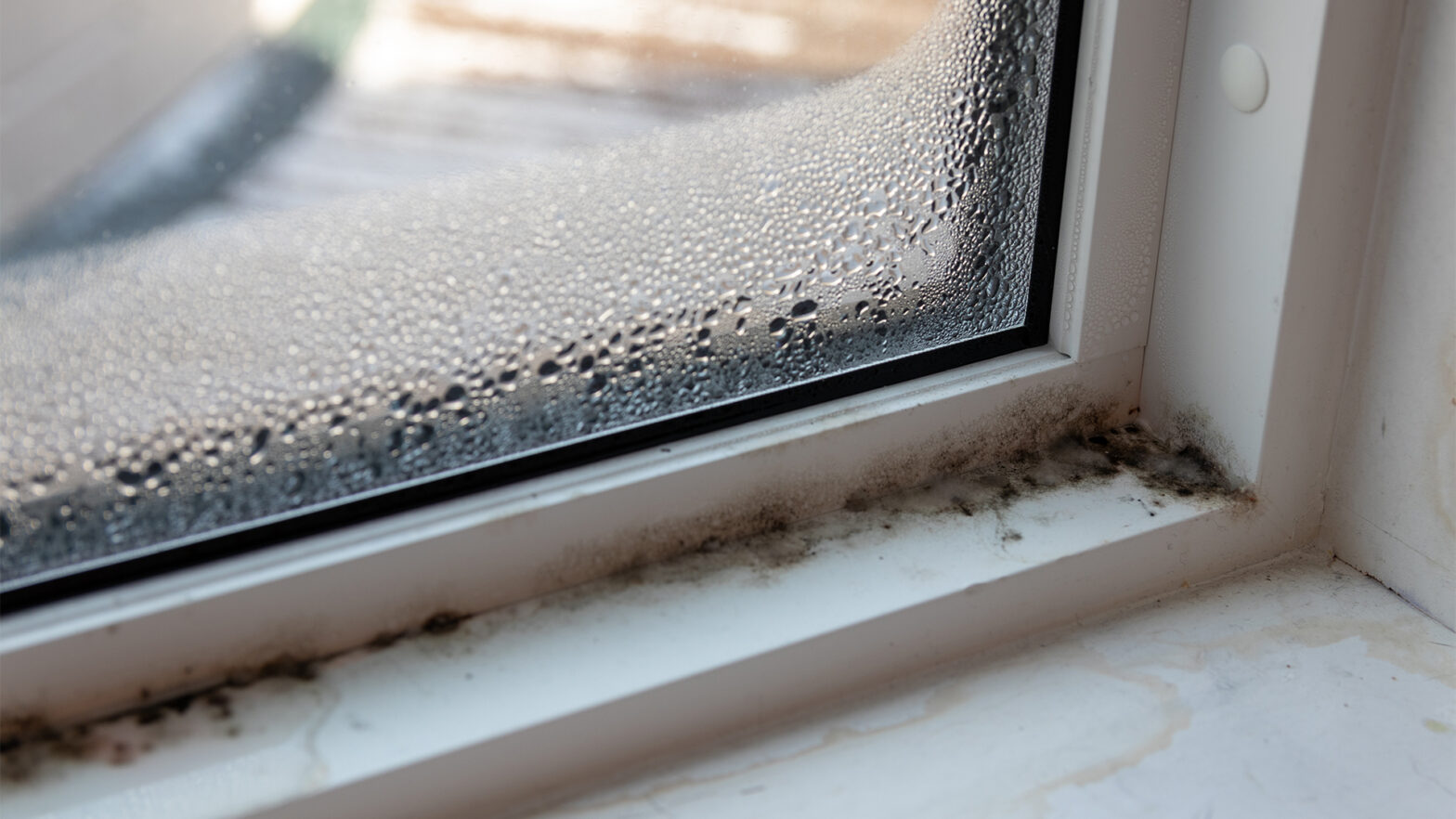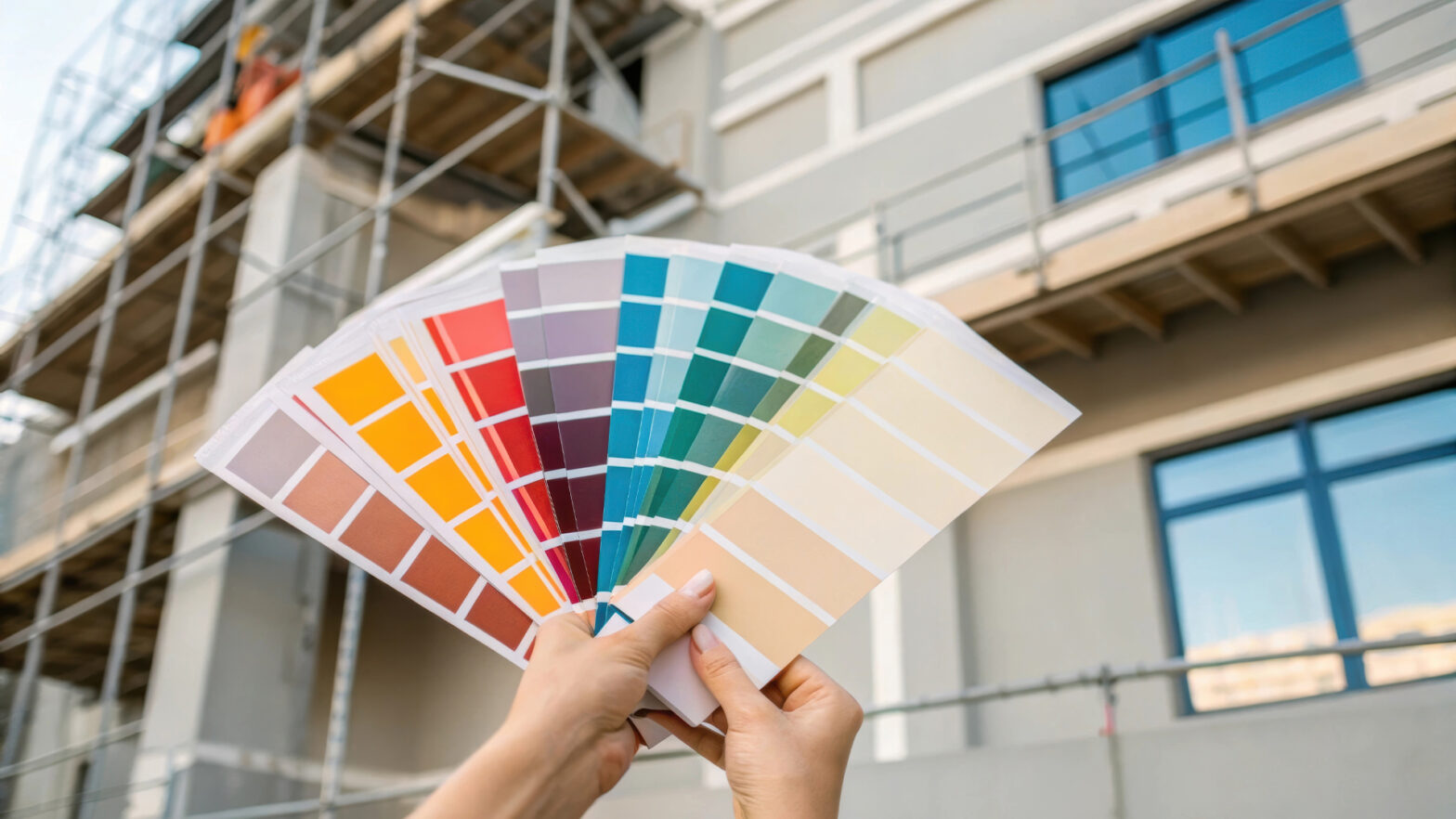Colorado, celebrated for its stunning landscapes and varied natural beauty, significantly shapes residential architecture. Residential architects Colorado are exceptionally suited to design homes that blend seamlessly with the state’s diverse topography, which includes the towering Rocky Mountains, sprawling plains, and arid deserts. This integration results in a unique architectural style that honours the environment and enhances the living experience. This blog delves into how Colorado’s landscape influences residential architecture and the innovative methods architects use to incorporate natural elements into home designs.
Embracing the Natural Environment
One of the most significant impacts of Colorado’s landscape on residential architecture is the emphasis on integrating natural elements into home designs. Residential architects in Colorado prioritize creating homes that blend seamlessly with their surroundings. This often involves using locally sourced materials such as timber, stone, and reclaimed wood, which reflect the region’s natural beauty and provide a sense of continuity between the home and the landscape.
Another hallmark of Colorado residential architecture is the use of large windows and open floor plans. These design elements ensure homes are filled with natural light and offer unobstructed views of the stunning surroundings. By embracing the natural environment, architects create living spaces that are both beautiful and functional, allowing residents to feel connected to nature.
Adapting to Diverse Climates
Colorado’s diverse climate presents both challenges and opportunities for residential architects. The state experiences various weather conditions, from snowy winters in the mountains to hot, dry summers on the plains. To address these variations, architects employ innovative design strategies that ensure homes are comfortable and energy-efficient year-round.
In mountainous regions, homes are often designed with steeply pitched roofs to prevent snow accumulation and large overhangs to protect against heavy snowfall. High-performance insulation and energy-efficient windows are crucial for maintaining a comfortable indoor environment and reducing heating costs during winter.
In contrast, homes in arid plains and desert areas may feature flat roofs, shaded outdoor spaces, and materials that reflect heat to keep interiors cool during the summer. Drought-resistant landscaping and water-saving technologies are also common, helping to conserve water and create sustainable living environments.
Incorporating Outdoor Living Spaces
Colorado’s landscape, with its vast open spaces and stunning vistas, encourages incorporating outdoor living areas into residential designs. Residential architects in Colorado often create expansive decks, patios, and terraces that serve as extensions of the indoor living space. These areas maximize the enjoyment of the natural surroundings, providing residents with opportunities to relax, entertain, and engage with the environment.
Outdoor kitchens, fire pits, and hot tubs are popular features that enhance the functionality and appeal of these spaces. Architects ensure that residents can fully embrace Colorado’s outdoor lifestyle by incorporating outdoor living areas into their designs.
Prioritizing Sustainability
Sustainability is a key consideration in residential architecture, and Colorado’s landscape plays a significant role in shaping eco-friendly design practices. Residential architects in Colorado are increasingly adopting sustainable building techniques and materials to minimize environmental impact and create healthy living environments.
This includes using renewable energy sources such as solar and wind power, which are particularly effective in Colorado’s sunny and windy regions. Green roofs, rainwater harvesting systems, and energy-efficient appliances are common features in sustainable home designs.
Additionally, architects often incorporate passive design strategies that take advantage of the natural landscape and climate to reduce energy consumption. This might include orienting homes to capture solar heat during the winter or designing floor plans that promote natural ventilation during the summer. By prioritizing sustainability, architects are helping to preserve Colorado’s natural beauty for future generations.
Reflecting Local Culture and History
Its residential architecture also reflects Colorado’s rich cultural heritage and history. Many homes incorporate elements of traditional Western and Native American design, creating a unique architectural style that pays homage to the state’s past.
Features such as log cabins, rustic stone fireplaces, and handcrafted woodwork are standard in homes that seek to evoke the charm and character of historic Colorado. At the same time, modern interpretations of these traditional elements are often used to create contemporary homes that blend old and new in innovative ways.
Innovative and Custom Designs
Given Colorado’s diverse landscapes and climates, residential architects often work closely with clients to create custom designs that meet their specific needs and preferences. This personalized approach ensures that each home is uniquely suited to its environment and its occupants’ lifestyle.
Colorado’s residential architecture is characterized by innovation and creativity, from luxurious mountain retreats with panoramic views to sustainable urban homes that maximize space and efficiency. Architects use cutting-edge technologies and design techniques to create homes that are beautiful, highly functional, and sustainable.
Conclusion
The impact of Colorado’s landscape on residential architecture is profound and multifaceted. Residential architects in Colorado skillfully integrate natural elements, adapt to diverse climates, prioritize sustainability, and reflect local culture and history in their designs. By doing so, they create homes that enhance the living experience and resonate with the beauty and spirit of the state. As Colorado grows and evolves, its residential architecture will continue to inspire and innovate, setting new standards for harmonious and sustainable living.












